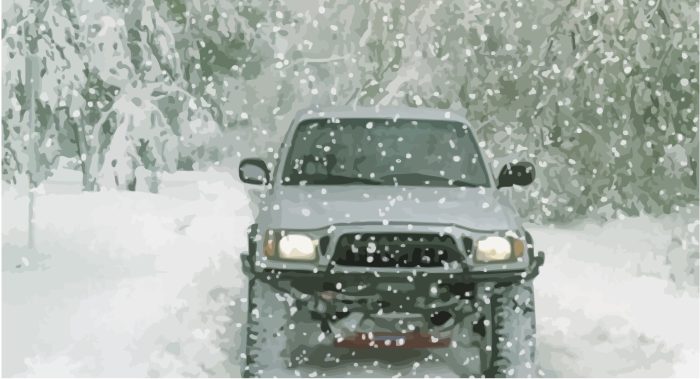As winter enters it’s peak, drivers should be ever-conscious of the dangers the season poises to drivers and pedestrians.
The short winter days provide limited sunlight and therefore, limited visibility to drivers returning home during rush hour. With the sun setting at the early time, most people drive home from work in the hazy twilight. The early sunset often means that many are forced to drive towards the intolerable glare of the sun, blinding drivers who forgot their sunglasses.
Flurries crowd the window and accumulate on the ground. In the following days thirty degree weather is projected after last weeks hiatus of slightly warmer temperatures. Snow is in the forecast.
During times like these, it is imperative that we practice defensive driving. This means putting our blinkers on the ensure others can see our vehicles (even if there is next car is far away, remember, it is illegal to switch lanes without using your blinker), cleaning the frost off our cars so that it doesn’t blend in with the surroundings, and pumping the break and testing the acceleration on icy days. After snow, the roads are full of salt, moisture, and black ice–all of which affect the traction of the tires on the road.
In neighborhoods, folks who walk their dogs after getting home from work have to do so in the diminishing sunlight. We need to be cautious. As eager as we may be to get home, we must resist the urge to press the accelerator a little more as we round the bend to our homes. Sidewalks are not ubiquitous and dogs aren’t always well-behaved and walking calmly next to their owner. Pedestrians, wear bright, reflective colors, carry flashlights, and to the extent possible, walk on quiet streets.
The dangers to public safety from cold, early, snowy days are, of course, paramount, but the dangers to the state of our vehicles is not to be ignored. To save yourself hundreds in repairs, we must ensure that our vehicle is in top condition.
•Check the tire pressure. The cold weather can cause the air to contract and result in under-inflated tires.
•Clean the exhaust. Condensation build-up can cause the exhaust system to rust.
•Lift the wiper blades upwards off the windshield when it snows so they don’t break. Wipe down the rubber lining of the car door so the rigid rubber doesn’t make it difficult to open in freezing temperatures.
•Let the oil circulate. Oil gets thicker in colder temperatures, so we need to be conscious of allowing time for the oil to warm up or switch to oil with a lower viscosity for the winter.
Enjoy the sight of snow-lined trees and slowly descending flakes, but we should not let the precautions slip from our mind. Drive safely.






